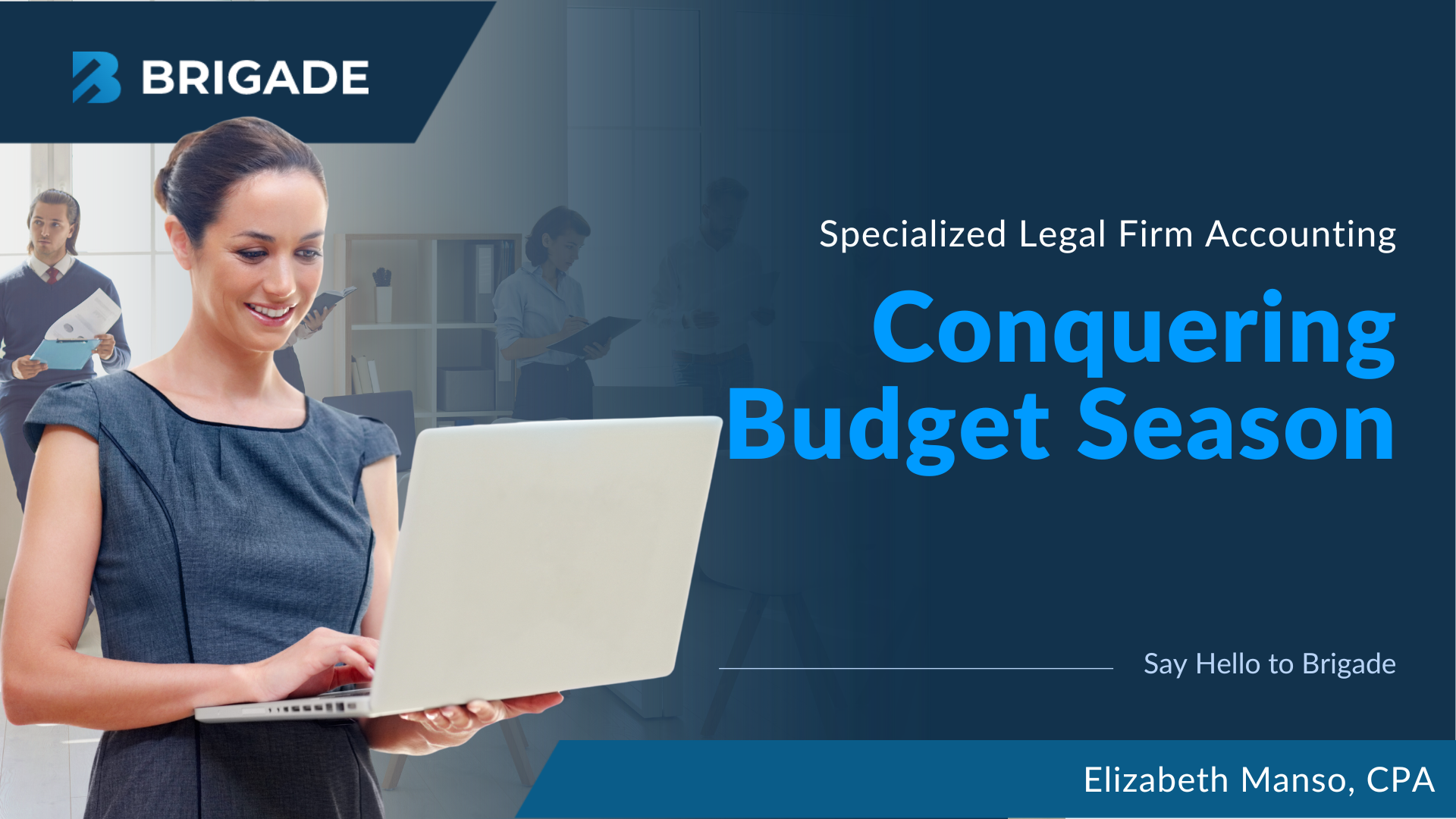
Cash flow can be one of the best markers to determine the health of your business, and managing cash flow is essential for any small business owner. By knowing how much is coming into and going out of your business, you can avoid unexpected surprises, budgeting issues and uncomfortable conversations with vendors, clients or partners. Over 60% of small business owners have experienced an issue with cash flow in the lifetime of their business, with 44% admitting that their issue was a surprise. Here’s our tips to understand and manage this lifeline to your business.
Cash flow can be broken down into two types, positive and negative, and they mean just as they sound. Positive cash flow occurs when there is more money coming in compared to what is being spent, and the business income is exceeding expenses. Negative cash flow on the other hand, is exactly the opposite. When a business is spending more than it’s bringing in, cash flow can fall into the red, or negative. Negative cash flow for a lengthy period of time, or a significant amount of negative cash flow, can mean the end for any business.
It’s not uncommon for there to be negative cash flow with a new business, as there can often be initial start-up costs and investment before the business begins to generate income. According to the U.S. Small Business Administration, start up costs can average between $3000 - $5000+ depending on the type of business and infrastructure required. Businesses like construction or remodeling companies often find themselves with cash flow issues because they are usually paid only after a project has been completed. And while this negative cash flow shouldn’t be a surprise, it should be planned for through business planning, budgeting and cash flow management.
The easiest way to manage your cash flow is by staying on top of your financial information. This means keeping invoicing, expenses, accounts payable, accounts receivable, and more as up to date as you can. Utilizing a professional, outsourced accounting service, like Brigade can help to organize your financial transactions, leaving no room for errors or oversight. Cutting costs or expenses can also prevent negative cash flow. Look for opportunities to lease equipment, additional tax deductions, or offloading inventory you no longer need. Cutting payroll, utility expenses or other overhead can also help to cut expenses.
By staying on top of your finances, understanding what is coming in, what is going out and the timeline of these transactions, small business owners can prevent unwanted negative cash flow surprises.

